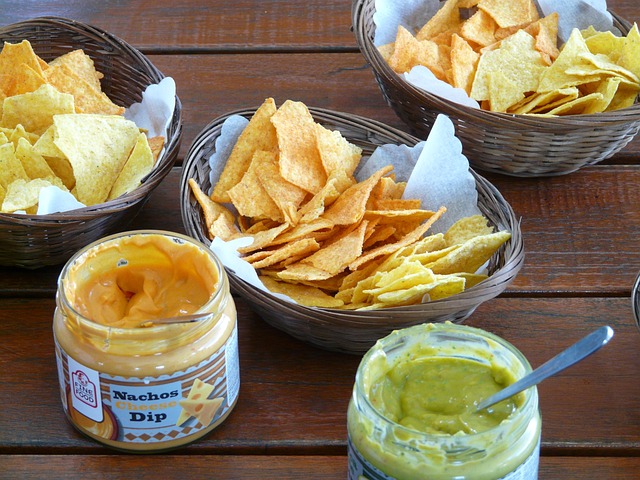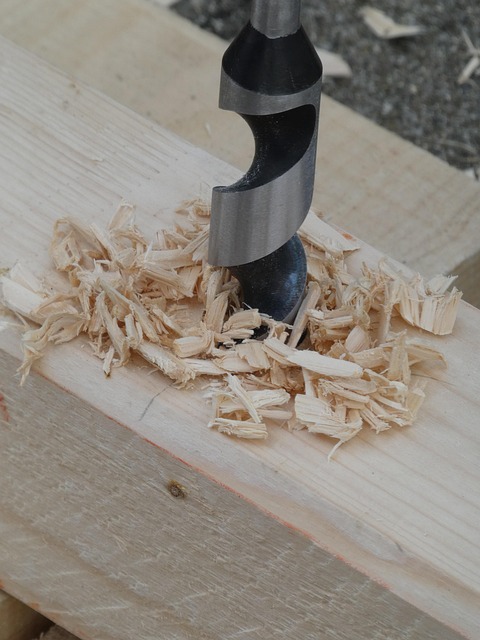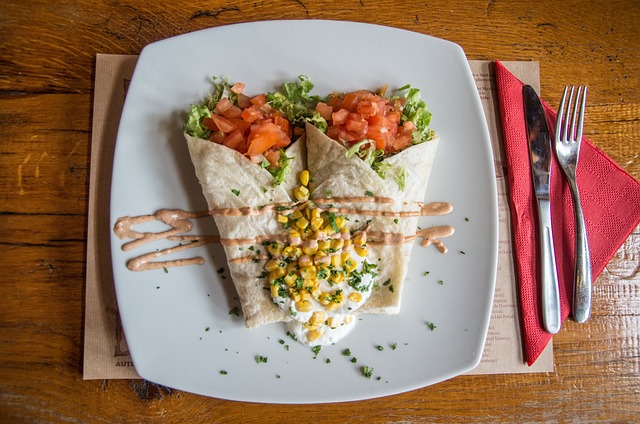El Milagro's signature Restaurant Style Tortilla Chips are handcrafted with traditional Mexican techniques using high-quality corn tortillas, double-frying for a light, crispy texture, and perfect seasoning. Now a culinary icon, these chips offer an authentic dining experience reminiscent of Mexico's rich culinary heritage, setting a standard for excellence in restaurants worldwide and inspiring home cooks to achieve restaurant-quality results.
Discover the secret to creating authentic, restaurant-style tortilla chips at home! Mexican cuisine is renowned for its vibrant flavors, and a key component is the crisp, homemade chip. In this guide, we explore the art of chip-making, from achieving the perfect texture to sourcing genuine Mexican ingredients. Join us on a culinary journey with a focus on El Milagro, a brand celebrated for its exceptional tortilla chips, as we uncover their legacy and offer creative serving suggestions to elevate your Mexican dining experience.
- The Art of Making Restaurant-Style Tortilla Chips
- – Discussion on the importance of quality chips in Mexican cuisine
- – Techniques for achieving a restaurant-quality texture and taste
- El Milagro: A Deep Dive into Their Tortilla Chip Legacy
The Art of Making Restaurant-Style Tortilla Chips

The process of crafting restaurant-style tortilla chips is an art in itself, and many Mexican restaurants attribute their success to this simple yet delicious side dish. El Milagro, a renowned name in the culinary world, takes pride in making their signature chips in-house, ensuring a crisp texture and a hint of garlicky flavor with every bite. It all begins with carefully selected corn tortillas, cut into uniform triangles, which are then gently fried until golden brown, locking in that perfect crunch. The secret lies in the double frying technique, where the chips are first cooked at a lower temperature to achieve that delicate balance between crispness and soft interior, followed by a quick burst at a higher heat to give them that extra crispy edge.
This meticulous process results in tortilla chips that are superior in quality to their store-bought counterparts. By controlling the frying time and temperature, chefs can create a chip that is consistently light, airy, and oh-so-moreish. El Milagro’s commitment to this traditional method showcases their dedication to providing an authentic dining experience, where even the simplest dishes like tortilla chips are elevated to new heights.
– Discussion on the importance of quality chips in Mexican cuisine

In Mexican cuisine, Restaurant Style Tortilla Chips, often referred to as El Milagro (the miracle), play a pivotal role in enhancing the dining experience. They are not merely an accompaniment but a gateway to the rich flavors and cultural heritage of Mexico. The art of crafting these chips, from hand-milled corn or wheat flour to their golden crispness, is a testament to the country’s culinary dedication and passion. Their quality and freshness are essential, ensuring every bite delivers a burst of authentic taste.
The process of making El Milagro involves traditional techniques passed down through generations, resulting in chips that are light, crispy, and perfectly seasoned. When served fresh, these chips become the star of the table, inviting diners to indulge in their crispness and savor the subtle hints of garlic, lime, or cilantro. Many restaurants pride themselves on serving high-quality chips, setting a standard for excellence and ensuring customers leave satisfied, with memories of authentic Mexican hospitality and flavor.
– Techniques for achieving a restaurant-quality texture and taste

Achieving restaurant-quality tortilla chips at home requires a blend of precise technique and quality ingredients, mirroring the meticulous preparation found in top Mexican restaurants like El Milagro. The key lies in starting with fresh, high-quality corn or wheat tortillas. After cutting them into uniform, thin strips, the next crucial step is to pre-soak them in a mild mixture of water and baking soda before frying. This simple process helps soften the tortillas slightly, ensuring even crisping without over-drying.
Frying at the right temperature—typically between 325°F to 375°F (160°C to 190°C)—is paramount for that coveted golden-brown color and delicate crunch. Use a deep fryer or a heavy-bottomed pot to maintain consistent heat. For an authentic restaurant style, sprinkle the chips lightly with salt immediately after frying; this step enhances both flavor and crispness. Lastly, let them cool on a wire rack to prevent moisture buildup, ensuring they stay crispy for longer.
El Milagro: A Deep Dive into Their Tortilla Chip Legacy

El Milagro, a beloved Mexican restaurant chain, has left an indelible mark on the culinary scene with its signature restaurant-style tortilla chips. This family-owned business started as a humble taco stand and evolved into a thriving empire known for its authentic, homemade tortillas. The journey of El Milagro’s tortilla chip legacy is a testament to their commitment to quality and traditional Mexican cuisine.
Their secret lies in the simple yet meticulous process of making each chip by hand, ensuring every bite captures the essence of fresh, vibrant ingredients. The restaurant’s chips are crafted from scratch using only the finest corn and oil, resulting in a crispy texture and a flavorful taste that sets them apart. This dedication to craftsmanship has made El Milagro a go-to destination for tortilla chip enthusiasts, solidifying its place as a leader in the industry.
Mexican restaurants renowned for their restaurant-style tortilla chips, like El Milagro, showcase the art of crafting perfect crisp, flavorful chips that elevate traditional Mexican dishes. By mastering techniques to achieve the ideal texture and taste, these establishments highlight the integral role quality chips play in authentic Mexican cuisine. From meticulous ingredient selection to precise cooking methods, their dedication to perfection ensures every bite is a satisfying experience, solidifying their place as a Restaurant Style Tortilla Chips destination.
